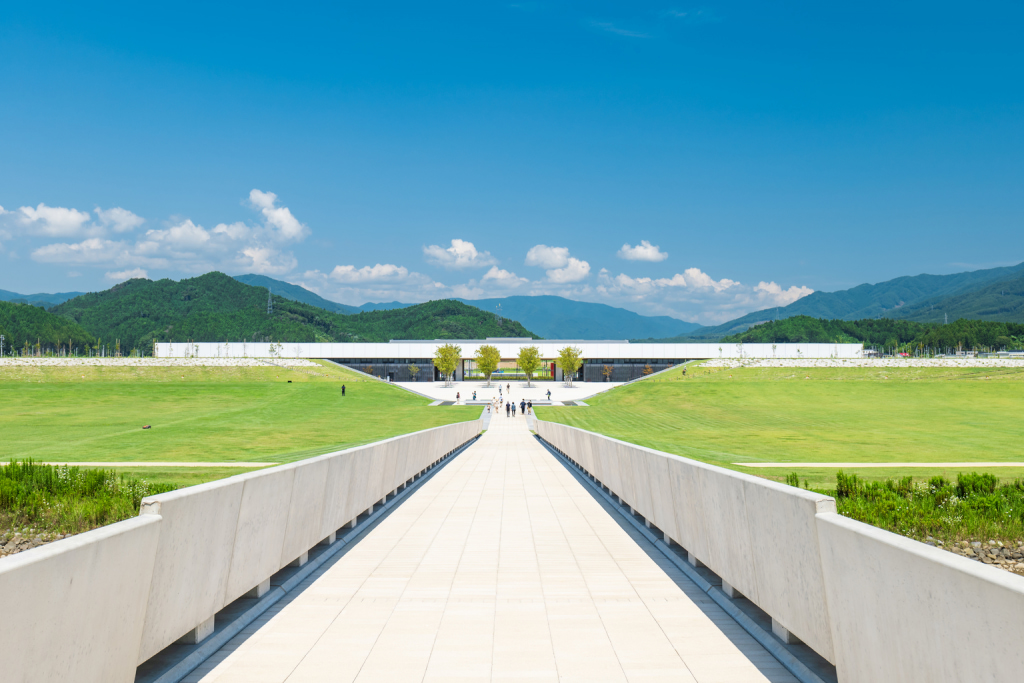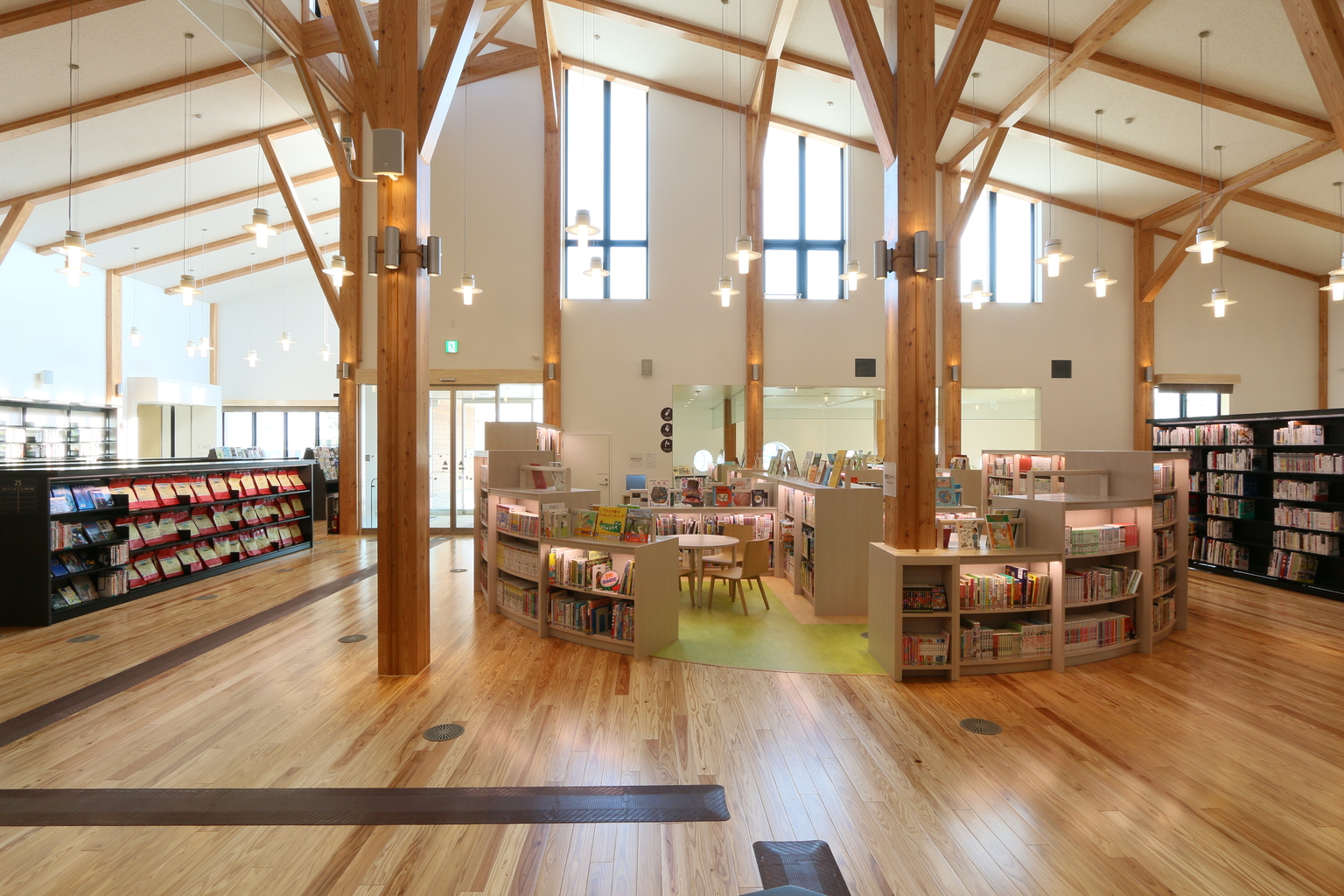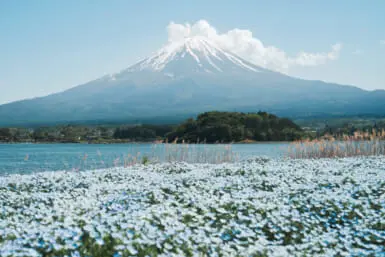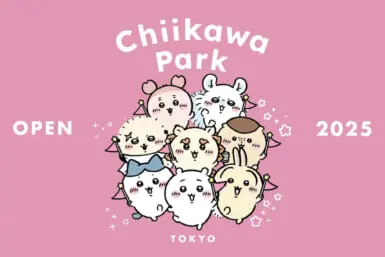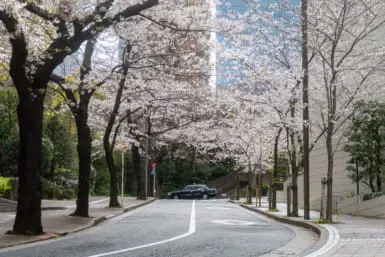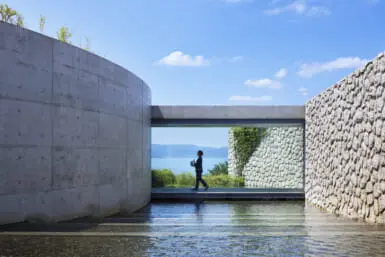On October 7, 2021 a 6.1 magnitude earthquake shook Tokyo. Damage was minimal, but the quake was strong enough to cause power outages in several neighborhoods. This was the strongest earthquake the capital had felt since March 11, 2011. On Twitter, netizens started to share where they were and what they were doing when the earthquake and tsunami hit the coast of Tohoku.
Rikuzentakata, a small coastal town located in southeast Iwate, is one of the municipalities most affected by the natural disasters. Of the 8,000 households, more than 50 percent were washed away by the tsunami. All damages considered, around 10,000 buildings were destroyed and more than 30,000 residents were relocated.
Memories Live On
Most of the coast was flattened by the tsunami, destroying buildings, shops and local institutions. Of Rikuzentakata’s 24,000 residents, 1,800 perished and another 13,000 lost their homes. March 11, 2011 serves as a reminder that humans and what they build are finite, but nonetheless resilient, as Rikuzentakata’s and neighboring cities’ revitalization efforts have shown.
Despite the traumatic events the city has suffered, Rikuzentakata is shifting its efforts to making the earthquake and tsunami defining moments that should be kept in the minds of Japan residents when making plans – even positive plans – for the future.
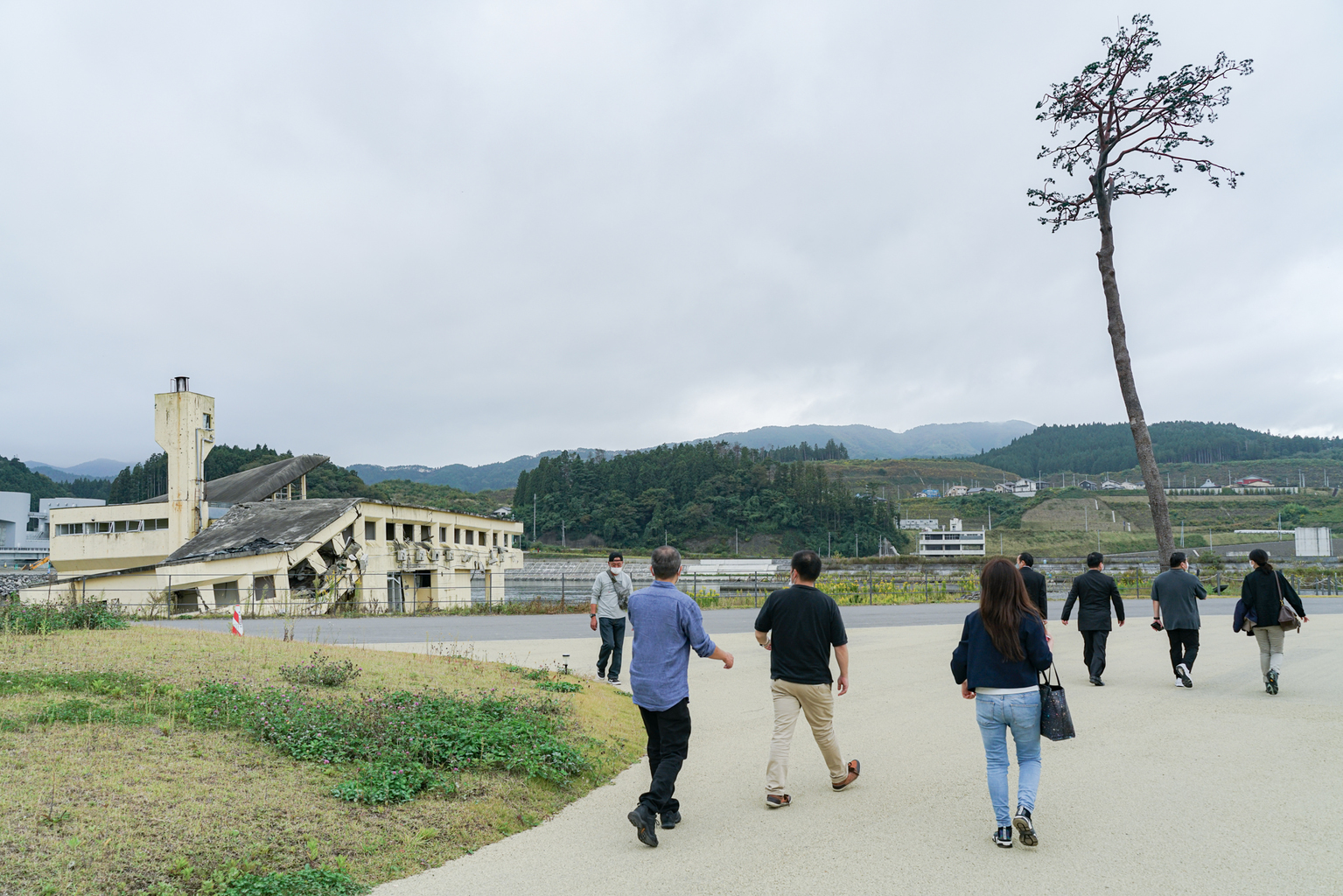
Iwate Tsunami Memorial Museum
The Iwate Tsunami Memorial Museum was built not only as a memorial but also as a gift for local and national recovery efforts. But more than a place to mourn, it is a place where residents of Japan are reminded that the country is one that is most prone to natural disasters and that it is imperative to understand how to prepare for the next eventual big event.
The museum’s permanent exhibition revolves around ensuring that the unfathomable pain of the 2011 Tohoku earthquake and tsunami is never experienced again. From sourcing and confirming the facts and statistics to the basics of earthquake and tsunami safety and preparedness, the museum covers every aspect directly or indirectly affected by the events.
The museum’s architecture and vast land are striking from the outside. Including a spacious park that doubles as an indicator of the extent of the tsunami’s reach. Part of the Takata-Matsubara Memorial Park is Miracle Pine, a tall pine tree, one of 70,000, that was the only one to stand tall and survive the tsunami. Other notable buildings include a hostel, which is said to be the main factor that allows Miracle Pine to survive, as well as Topic 45, a building that allowed three evacuees to escape the 14.5m-tall tsunami. The interior of Topic 45, however, was completely destroyed.
A Bright Future
March 11, 2022 marks the 11th anniversary of the natural disasters that hit the coast of Tohoku. In the last decade, thanks to local and national organizations, Rikuzentakata and the surrounding cities are back on their feet and thriving more than ever.
Rikuzentakata City Library
The Rikuzentakata City Library was one of the municipal buildings that crumbled under the waves of the tsunami. Over 80,000 books, documents and other materials were lost and seven staff members perished.
The original building, erected in 1964, served not only as a home for free books and encyclopedias but also as a community hub. The library’s reconstruction was not up for debate, but the city had other sectors that needed immediate attention. Not to mention that there was a dearth of people with any librarian experience to take over.
One city hall staff took it upon themselves to start cataloging documents that survived the earthquake and tsunami from March, 2011. Soon after, with the help of volunteers, the library was operating out of a 50-square-meter log cabin. This modest cabin, meant to host the library while the original building was being demolished for reconstruction, was created thanks to direct donations from various groups around the country. University students all over Japan volunteered to construct the cabin in Rikuzentakata, in solidarity with the local community.
In 2017, the new and improved finally opened. Including the 35,000 books and documents collected between 2012 and 2016, the library now hosts 65,000 items. With a contemporary design, ample space to host community events and plenty of books to pass around, the library could return to being the go-to place for citizens looking to connect with their neighborhoods.
Camocy
The revitalization of Rikuzentakata saw many new ventures set down roots in the area. One of the newer institutions, Camocy (pronounced ka-moh-she) is a collective that dabbles in rethinking the daily necessities and studying the limits of fermentation.
Fermentation is widely used across Japan, both in restaurant kitchens and in the more modest home kitchen. Camocy, however, seeks to explore how fermentation can be used outside of traditional Japanese cuisine.
Within Camocy you’ll find a variety of brands and shops that experiment with fermentation. Iwate grows a considerable amount of wheat. It’s natural that you’d find a craft beer shop here, but you’ll find a bakery and a chocolatier as well.
Every product sold within Camocy is produced in the same fermentation facility and all go through at least one round of fermentation. More than just a series of shops, Camocy doubles as a food lab and hopes to contribute to the development of fermentation techniques that can benefit not only the residents of Rikuzentakata but the whole of Japan.

Sanriku Fireworks Festival & Competition
The Sanriku Fireworks Festival is among the positive things to come out of the Covid-19 pandemic. It was organized and hosted for the first time in 2020 as a way to lighten up (pun intended) the lives of those hit with corona blues. The festival and competition offer the opportunity for firework designers and pyrotechnicians to showcase their talents, ingenuity and explore their creativity.
In addition to being a great show to view from nearby hillsides, the Sanriku Fireworks Festival also acts as a public study of the digital transformation happening in the industry, with events that explore how the use of drones and smartphones can be incorporated into putting together a great fireworks display.
In 2021, Sanriku Fireworks Festival and Competition’s total runtime added up to 90 minutes. Firework makers from around Japan, 23 to be exact, competed. At the time of writing, the 2022 events are scheduled to go on as planned on April 29 (festival) and October 8 (competition). This year’s loose theme “Firework 1+” is meant to encourage firework designers to create a show that is in sync with music.
To learn more about what Rikuzentakata has to offer and how you can support revitalization projects, please visit www.amazingtrip.jp/index.html
Sponsored Post

